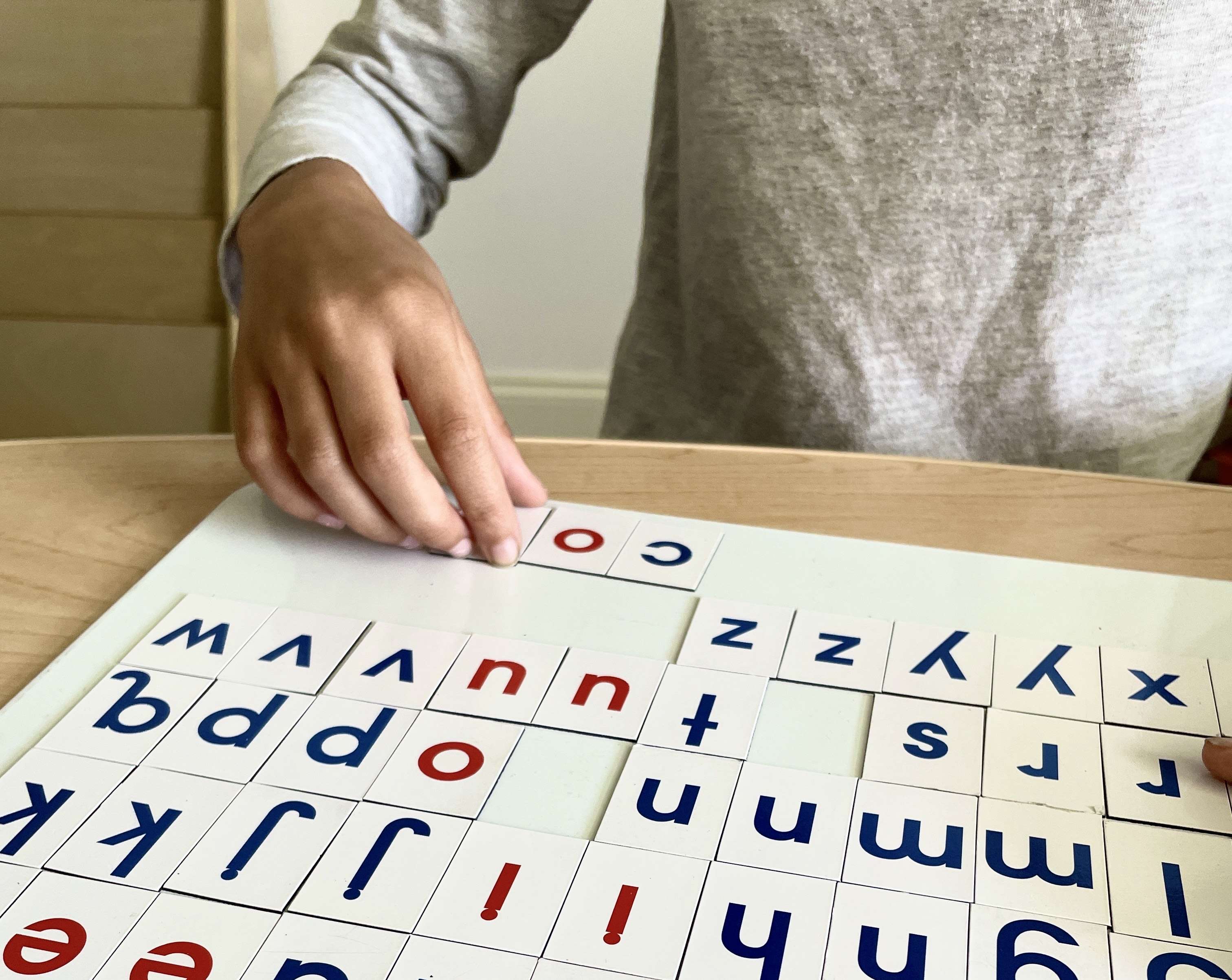
How Does Phonics Help with Spelling?
Phonics helps with spelling - a lot! Here's why:
There are over 170,000 words in the English language. Imagine trying to teach students how to spell them all!
This is where phonics instruction comes in.
Approximately 84-87% of words in the English language follow consistent sound-spelling patterns. They follow at least some type of rule.
For example, instead of teaching students each of these words individually: day, gray, may, play, stay, bay, hay...
We can teach them that when we hear the long a sound at the end of a 1-syllable word, that's typically spelled with the letters "ay."
When you teach students a single phonics pattern, it helps them spell MANY different words. (In contrast, if you teach students just one word at a time, they only learn that word.)
Phonics instruction helps children learn to spell more quickly! (And this can also lead to increased confidence and proficiency with their writing as a whole.)
Teaching Phonics Through Spelling
There's a reciprocal relationship between phonics knowledge and spelling.
When students' phonics knowledge grows, so do their spelling abilities. But children can actually learn phonics through spelling as well!
For example, in phonics programs like From Sounds to Spelling, when students learn a phonics pattern ("ay," for example), one of the practice activities is building or writing words with that phonics pattern.

Practicing spelling words is an effective way for students to solidify their phonics knowledge. (It must, however, be accompanied by explicit instruction in phonics patterns, as well as practice reading words and texts with the phonics patterns.)
When Phonics Instruction Doesn't Help with Spelling
Of course, phonics isn't always foolproof.
For example, knowing that both "ee" and "ea" can represent the long e sound doesn't help you know whether to spell the word "meet" with "ee" rather than "ea."
Plus, there are always exceptions to the rule.
The word "bus," for example, has a single short vowel sound and ends in the /s/ sound. Normally, 1-syllable words with a short vowel sound that end with /s/ would have a double s, like in "fuss" or "kiss" or "chess."
"Bus" is an exception - and there are many other phonics exceptions throughout the English language, especially with certain high frequency words (sight words).
For this reason, teaching students some specific words is necessary.
But don't forget - around 84-87% of words in English do follow consistent sound-spelling patterns, so there is still incredible value in teaching those patterns (through teaching phonics).
Beyond Spelling
Phonics instruction is essential to teaching spelling. However, phonics helps with more than just spelling - it also helps with reading!
To read more about the role of phonics in learning to read, check out this blog post.




